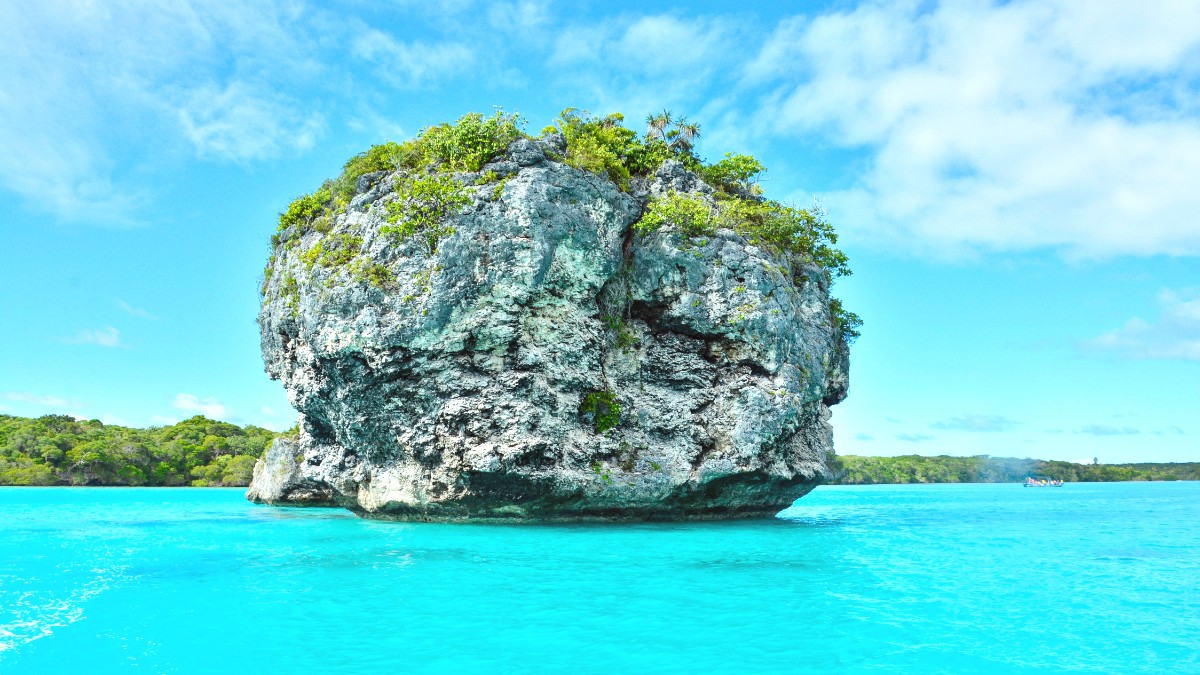
New Caledonia
New Caledonia sits in the southwest Pacific Ocean, east of Australia and north of New Zealand. Grande Terre forms the main island, a long, narrow landmass. Nouméa serves as the capital city, located on the southern end of Grande Terre. The territory also includes several smaller islands. These include the Loyalty Islands (Lifou, Maré, Ouvéa) and the Isle of Pines. The world's largest enclosed lagoon surrounds Grande Terre. This lagoon, an UNESCO World Heritage site, presents an unparalleled marine environment. The central mountain range divides Grande Terre into two distinct climates. The west coast has drier conditions, and the east coast receives more rain. Nouméa, positioned on the western side, enjoys a generally pleasant climate. Its location offers ready access to the lagoon's treasures and the main island's diverse landscapes.
New Caledonia's history forms its present-day identity. Their rich culture and traditions are the bedrock of the land. Captain James Cook first sighted Grande Terre in 1774, naming it "New Caledonia" due to its resemblance to Scotland. France annexed the territory in 1853. It then became a penal colony. This period brought French influence, including architecture and administrative structures, notably in Nouméa. Later, indentured laborers arrived from Asia and other Pacific islands, adding to the diverse population.
During World War II, Nouméa served as a major Allied base. This presence reshaped the city. Today, New Caledonia remains a French overseas territory. The blend of Kanak heritage, French culture, and other influences creates a complex, engaging social fabric. The history of the island appears in its language, cuisine, and customs.
Nouméa provides a traveler with a mix of relaxation and exploration. Expect warm weather year-round, with a distinct wet and dry season. The local currency is the Pacific Franc (XPF), pegged to the Euro. French is the official language, though English is spoken in tourist areas. The city presents diverse dining, from French pastries to traditional Kanak bougna.
Beaches like Anse Vata and Baie des Citrons present relaxation and water activities. Cultural sites, including the Tjibaou Cultural Centre and the Museum of New Caledonia, showcase the island's heritage. Transportation around the city comes via public buses and taxis. Day trips to nearby islets like Amédée Island offer further adventure. New Caledonia is generally a safe destination. Standard travel precautions apply. This guide aids your navigation through aspects of your visit, for a smooth and enjoyable experience.
Anse Vata and Baie des Citrons for sun and sea.
Tjibaou Cultural Centre and Museum of New Caledonia.
Day trips to Amédée Island or Duck Island.
Taste French pastries and Kanak bougna.
Snorkeling or diving in the UNESCO lagoon.
Nouméa's visual template reflects a blend of urban charm and tropical allure. The city's landscape features colonial architecture mixed with modern structures. Its coastline reveals coral reefs and turquoise waters. Lush greenery covers hillsides and extends to the botanical gardens. The city's markets burst with color and local crafts. Scenic viewpoints overlook the expansive lagoon. The visual experience is dynamic, from bustling streets to serene beaches.
A view of Nouméa from a hilltop reveals the vast lagoon, dotted with islets. The city's low-rise buildings spread along the coast. Yachts moor in the marinas. The setting sun casts a warm glow over the water, creating picturesque evenings. High points within the city offer opportunities for stunning photographs.
Nouméa's streets showcase a relaxed pace. Sidewalk cafes invite leisurely breaks. Boutiques display French fashion. Public parks offer shady retreats. Street art adorns some walls, adding a modern touch. The city's charm comes from its laid-back atmosphere mixed with European sophistication.
This guide offers content tailored to making your visit comprehensive.
From its city life to the serene marine environment, every corner holds unique features. The blend of cultures, the natural beauty, and the relaxed pace all define the Nouméan experience.
The city's design blends practicality with aesthetic appeal. Its layout is intuitive, guiding visitors to attractions with ease. The use of natural light and open spaces accentuates the island's beauty. Colors inspired by the lagoon and local flora add vibrancy to structures. The template for experiencing Nouméa focuses on comfort and accessibility for all.
Discover botanical wonders at the city's green spaces, a calming retreat.
Enjoy views of the bustling port and elegant yachts.
Relax on golden sands and swim in turquoise waters.
The vast lagoon around Nouméan offers prime opportunities for marine exploration. Its protected waters host diverse marine life. Diving and snorkeling tours depart regularly. Glass-bottom boat trips unveil the underwater world for non-swimmers. The calm waters are ideal for various water sports.
Many nationalities enjoy visa-free entry for up to 90 days.
Consistent warm temperatures throughout the year.
Fixed exchange rate for the Pacific Franc.
Hostels from XPF 3,000; Mid-range hotels XPF 12,000-25,000.
Street food XPF 500-1,500; Casual restaurants XPF 2,000-4,000.
Tjibaou Cultural Centre XPF 1,000; Amédée Island Day Trip XPF 12,000-18,000.